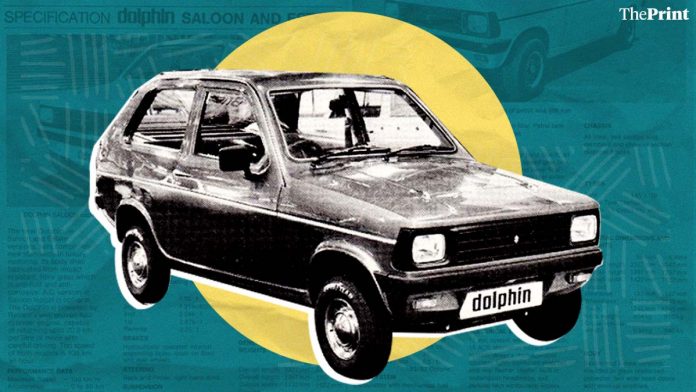From being an Army man to an entrepreneur, Captain Gopinath speaks about his life and the events that inspired the latest Suriya-starrer ‘Soorarai Pottru’.

Bengaluru :
Captain Gopinath’s phone has not stopped buzzing with congratulatory messages ever since the release of Tamil movie Soorarai Pottru, which is based on his life and stars actor Suriya in the lead role. However, he still finds fame awkward.
While Gopinath is quite happy with the way the movie has turned out, he tells CE that Girish Karnad was the first person to convince him that his journey should be made into a movie.
“After reading my book Simply Fly: A Deccan Odyssey, he told me, ‘Captain, you have village, army, politics, helicopter, airplane… your story is so visually fascinating. It should be made into a movie’, but I was shy. He later told my wife Bharghavi too that if I am ready to give the rights, he is ready to wear the greasepaint,” laughs Gopinath, as he recalls the conversation that took place in 2017, two years before Karnad passed away.
Even when the film’s director Sudha Kongara approached him to get the rights of his book for a movie, Gopinath was still not sure.
It was when Guneet Monga, the co-producer of the movie, who has critically acclaimed movies like Gangs of Wasseypur, The Lunchbox, Masaan, Period. End of Sentence to his credit, reached out that something changed in Gopinath.
“Guneet Monga said the story held a special place for her because the first flight she ever took was Air Deccan. Then I researched her work and felt it would be good to give the rights of the movie,” says Gopinath, who was well aware that the makers would take creative liberty.
“My concern was that the message should not be lost. While there is masala, there is also meat beneath it. I am happy the message is loud and clear in the film,” emphases the 68-year-old, who shuttles between Bengaluru and his village Gorur in Hassan district, and remains busy with “writing, and mentoring inspiring entrepreneurs”.
Gopinath was also all praises for the makers for portraying the female lead as a “strong support than a subordinate”.
He says it was important to show the female lead playing his wife’s character as someone who had her own dream. “When there is a success story, there is usually a team behind it. My wife is that support for me,” adds Gopinath, whose wife still runs her bakery, Bun World Iyenger Bakery, which currently has four branches in Bengaluru, the oldest being the one in Malleswaram that was opened 25 years ago.
Talking about the scene in which Nedumaaran Rajangam (played by Suriya) asks Bommi (the wife, played by Aparna Balamurali) for financial help, Gopinath says no such thing happened in real life. “It was like a metaphor. Though I never asked for any financial help, she was my strongest support,” says Gopinath.
Thinking of a low-cost airline at a time when flying was still a luxury, he admits, was an audacious step. “One day, I was driving to my village and I came across a computer training centre, which was a new thing. It seemed like a new country, one with hungry consumers, where people had refrigerators and other electronic items displayed in their living rooms,” he says.
“It’s not always hard work and perseverance that brings success, it’s also optimism. It is important that you wake up and believe that things will work out.”
source: http://www.newindianexpress.com / The New Indian Express / Home> Entertainment> Tamil / by Monika Monalisa / Express News Service / November 23rd, 2020












